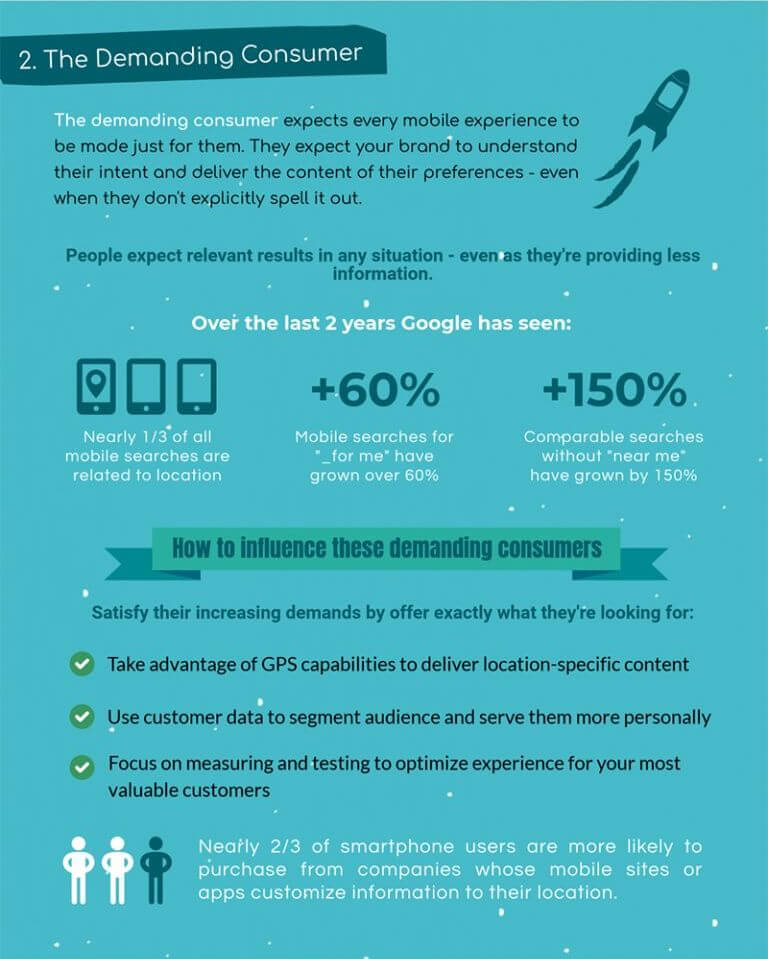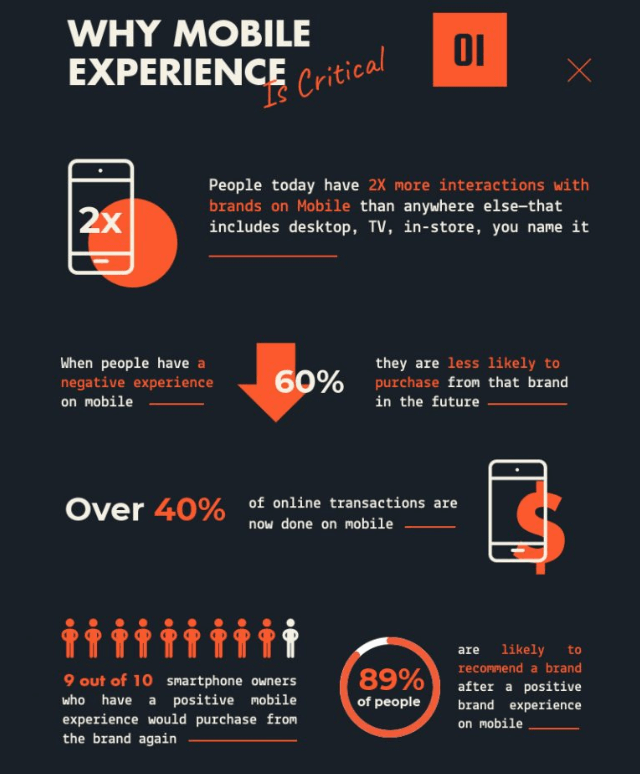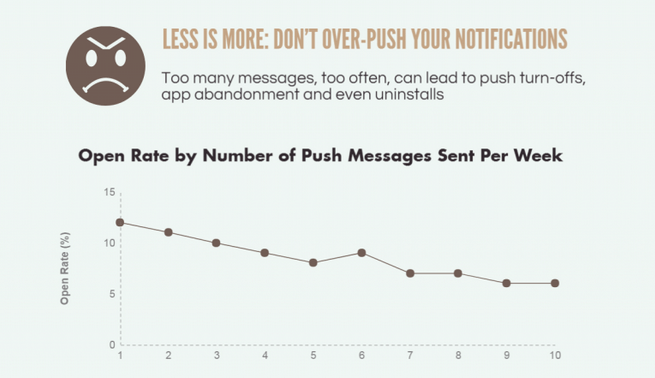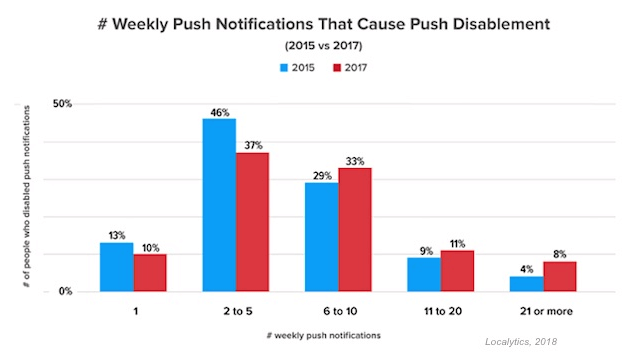It’s always an uphill battle to fight against app abandonment rate. From the start, you’re already setting out to lose, especially when as much as 25% of users abandon an app after using it once.
There is no shortage of cases where mobile shopping app development teams find themselves doing all kinds of things and yet still experiencing plummeting retention rates. The problems sometimes just aren’t as obvious as we might expect them to be.
Retention rate: The percentage of people who are still periodically use your app after a certain number of days.
Mobile app retention, especially mobile shopping app has often been overlooked as it’s generally regarded as something nice-to-have and not overly important. Statistics, however, say otherwise. A 5% increase in app retention can net you as much as a 95% increase in your company’s profits, says Forbes, the Economy of E-Loyalty.
It is thus that we find it necessary to provide you with some of the common reasons why your app faces a huge abandonment rate. Through this list, we hope that you’d be able to pinpoint your problems and devise proper solutions.
1. Unclear target audience
An analysis of your target audience is often the first step in every initiative. In fact, the leading trend in the m-commerce world right now is the customer-centric strategy which separates the leading brands from the rest.
Mobile customers of the modern age have been known from time to time to seek brands that offer not only valuable products but also feelings of connection. Thereby putting your target audience at the centre of all your initiatives, which include from planning to execution, you are almost guaranteed to increase engagement and drive more revenues.

2. Piracy
For a not-so-small amount of users, piracy is a cause for concern. Studies have found that users care more about piracy than what you previously thought:
While it might not be the main reason for shopping app abandonment, piracy is regarded as one of the contributing factors. After all, suspicions are often drawn from apps with unreasonable prompts for permission.
Take, for example, a mobile shopping app that prompts its users for permission to access contacts. As a user, you must have once found yourself under some suspicions when using such apps, doubting its credibility.
A proper mobile shopping app should be reasonable in its prompts in order to keep itself in a good light, from which future stepping stones can be paved for more opportunity to drive revenues.
3. Under-developed UX
Not only do your apps have to be as optimized and free-flowing as possible, the increasing needs of the market require that your onboarding User Experience must also be engaging, memorable and unique.
Your app’s onboard User Experience can even be said to be the first impression—the determining factor—to your app retention rate. It should be able to communicate to your users effortlessly while still leaving a lasting impression which emphasizes your app’s value and what you offer.

4. Intrusive ads
Intrusive ads are a no-no when it comes to mobile shopping apps or any apps for that matter. A new study has recently found that as much as 42 percent of respondents were dissatisfied with pop-up ads that interrupt their shopping experiences.
There’s always a time and place for everything, and especially for ads when users in general just dread intrusive ads. For a successful ads campaign, it’s best that you should find a proper place in the customer journey where ads and upselling can be implemented without breaking the user flow.
5. Bugs and crashes
When it comes to reasons for app abandonment, bugs and crashes are high up there on the list. Your users aren’t known for tolerating crashes—especially recurrent ones, which is why the testing phase is so critical to every app’s success. Studies have shown that 62% of people uninstall an app if they experience mobile crashes, freezes or errors.
But still, bugs and crashes are a commonplace occurrence in the app developing world. By now you should know that stressing over every bug only makes your overall debugging process slower, since a rushed patch is oftentimes error-prone. It’s only when those bugs turn into a kind of persistent annoyance that it starts to force the user to uninstall your app and hurt your growth.
6. Ineffective push notifications
It’s almost common knowledge that push notification is the way to drive app retention, but it is, nevertheless, not a one-size-fits-all approach. And while it drives app retention to an extent, notification-driven retention just sucks. That’s partly because your users aren’t engaged yet and sending irrelevant notifications doesn’t help in any way more than annoying your already annoyed users. Being bombarded with notifications, your users might even disable push notifications or uninstall your app entirely.

Statistically, your sweet spot for push notifications is between 2 – 8 notifications/week, and pushing it means risking push disablement.

7. Too many functionalities
Now, this is where most mobile shopping apps go wrong. The last thing that you’d want your users to have is too much distraction that prevents them from completing their prior goals, thus leading them to turn to your competitions whose user journeys are less confusing and easier to navigate.
As a mobile shopping app dev, your job is to make the shopping experience of your users as streamlined a process as possible, void of any hiccups and clusters. An optimal UX design should be one that best fits your user’s needs and your technological capability.
8. Large size
And last but not least, you can’t maintain a good app retention rate if your users were never really your users in the first place—meaning that they never got around to the conversion funnel and was instead stuck in the consideration stage, because of your app’s size.
As apps are becoming increasingly smaller in size, it’s becoming even a tougher challenge for mCommerce app developers to get their users to the conversion stage. For an ideal mobile shopping app size, it’s best that you should keep it under 30 MB.
Closing words
All in all, mCommerce shouldn’t be that hard. Here at our blog, we offer a Comprehensive Guide to Mobile Shopping App Design which covers everything you would need to know when designing a mobile shopping app.
Alternatively, there’s always another option for Magento storeowners who aren’t that tech-savvy, which is to look for solution providers such as SimiCart.
Sign up for our free demo session now to experience the stellar performance of our native shopping app:





Understanding user behavior is crucial. Focusing on these insights helps retain users effectively ensuring a better experience and higher profits.
Professional Floor Installation Company in MT Vernon NY